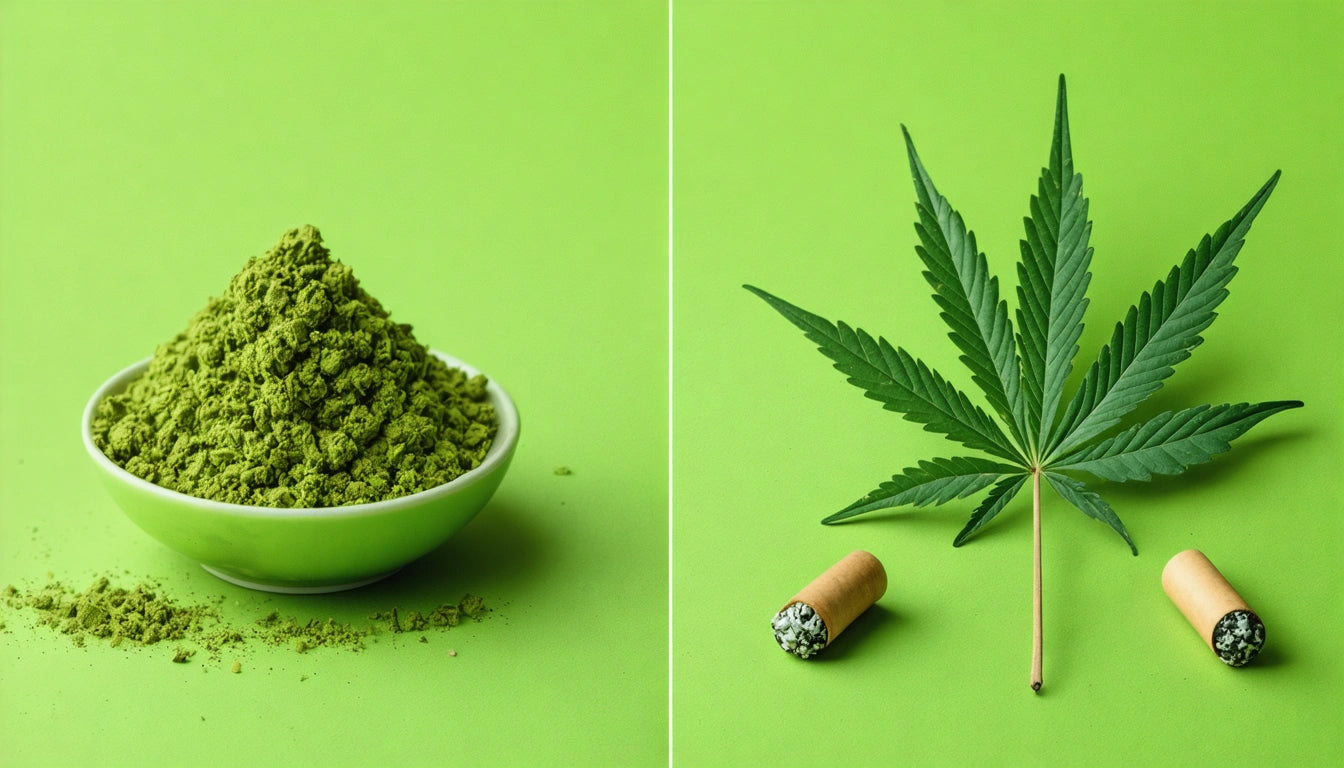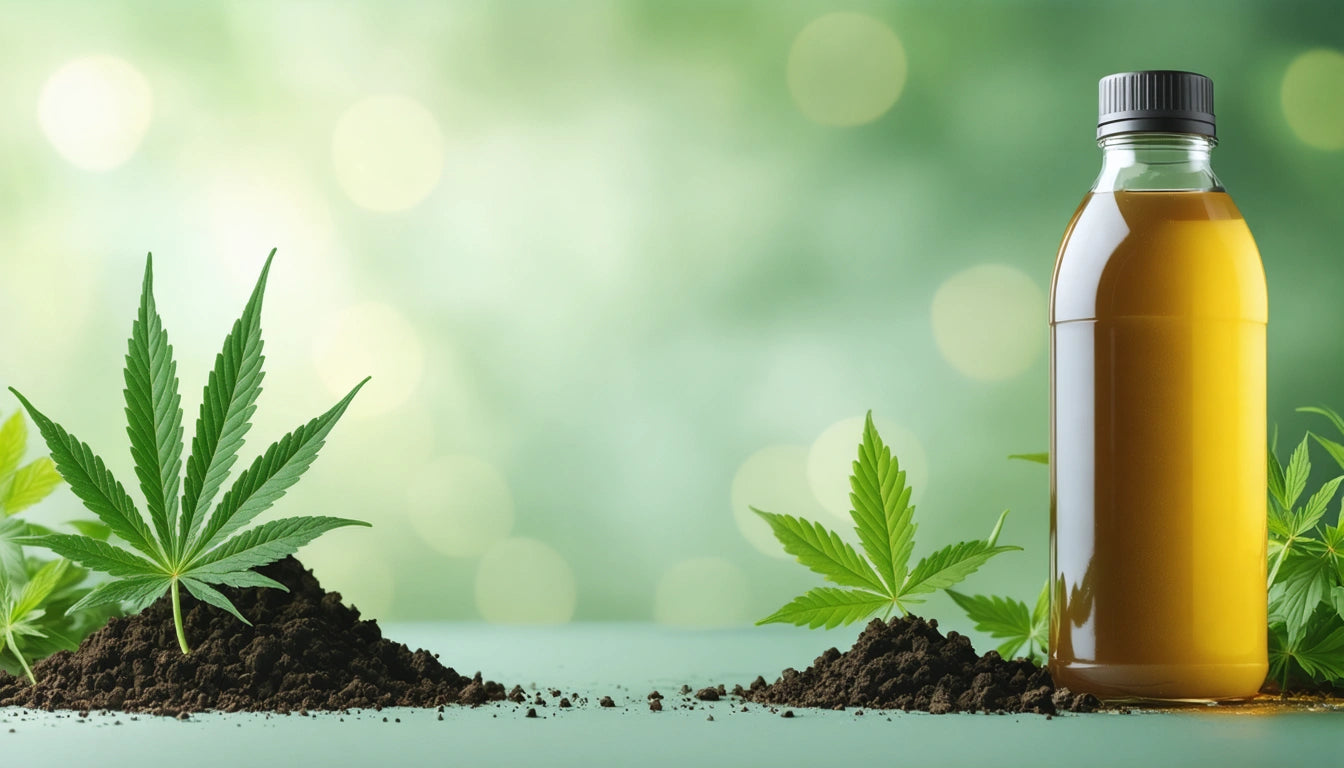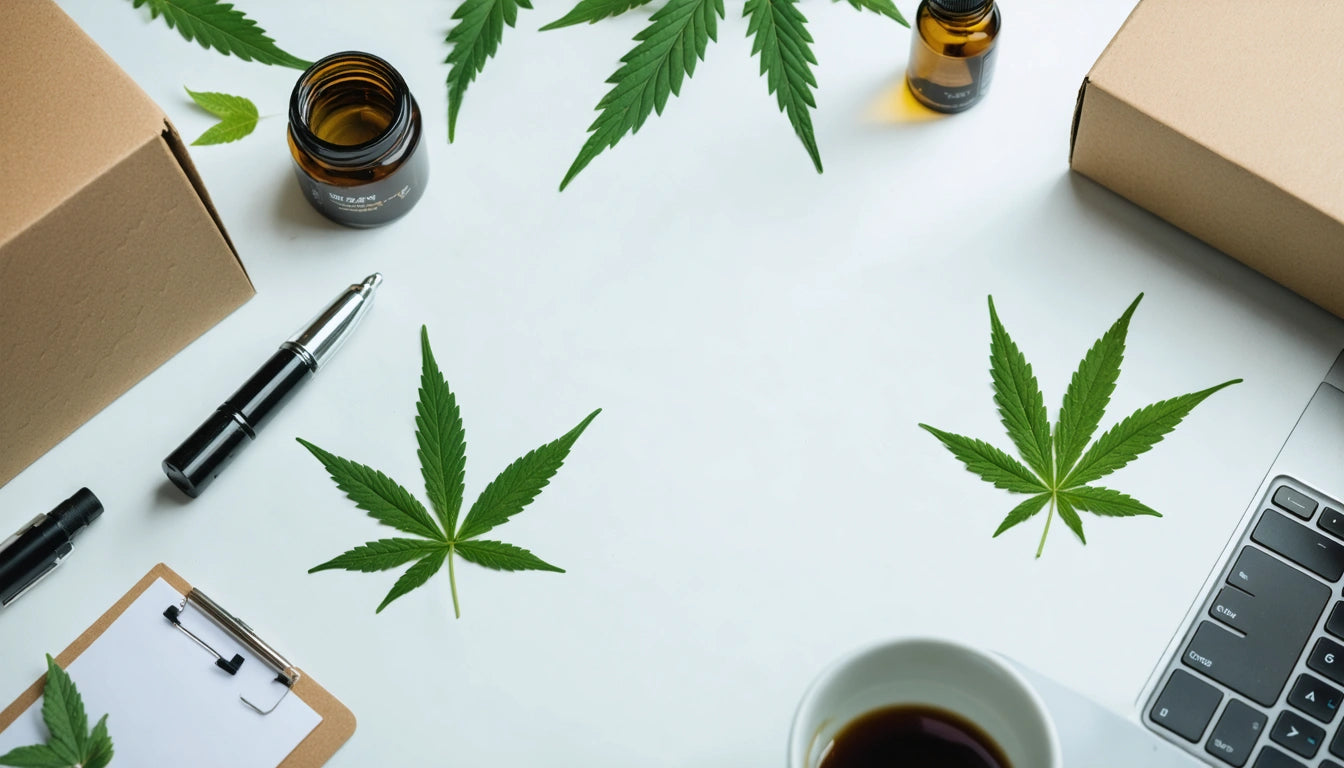Table of Contents
Cannabis consumption methods vary widely, with edibles and smoking representing two fundamentally different approaches. Each method offers distinct advantages and considerations regarding onset time, effect duration, potency, and health impacts. Understanding these differences helps consumers make informed choices based on their preferences and needs.
Consumption Method Basics: Edibles vs. Smoking
Smoking cannabis involves inhaling combusted plant material, delivering cannabinoids directly to the bloodstream through the lungs. This method includes joints, pipes, and bongs, all providing similar physiological pathways for THC absorption.
Edibles, by contrast, are food products infused with cannabis extracts that must pass through the digestive system. This process fundamentally changes how cannabinoids are metabolized and experienced. According to our comprehensive comparison, these different absorption methods create entirely different experiences.
Onset and Duration Differences
Smoking Effects Timeline
When smoking cannabis, effects typically begin within minutes and peak within 30 minutes. The experience generally lasts 2-3 hours, with a gradual tapering of effects. This rapid onset allows users to titrate their dosage more easily.
Edibles Effects Timeline
Edibles follow a dramatically different timeline. As explained in this timing breakdown, effects usually begin 30-90 minutes after consumption, depending on metabolism, food intake, and product type. The experience typically peaks at 2-3 hours and can last 6-8 hours or longer.
Potency and Dosage Considerations
Smoking cannabis allows for more intuitive dosage control through the immediate feedback loop of effects. Users can take additional puffs as needed to reach their desired state.
Edibles require more careful planning and patience. For first-time users, dosing safely is crucial to prevent overwhelming experiences. The standard recommendation for beginners is starting with 2.5-5mg of THC and waiting at least two hours before considering additional consumption.
The potency difference stems largely from how THC is processed. When edibles are digested, the liver converts delta-9-THC to 11-hydroxy-THC, which crosses the blood-brain barrier more efficiently. This metabolic process explains why edibles often feel significantly stronger than smoking equivalent amounts.
Health Impact Comparison
Respiratory Considerations
Smoking cannabis produces combustion byproducts that can irritate the respiratory system. While research shows cannabis smoke contains fewer carcinogens than tobacco smoke, it still presents potential lung health concerns with regular use.
Digestive Considerations
Edibles avoid respiratory risks but may cause digestive discomfort for some users. The extended duration can also disrupt sleep patterns if consumed too late in the day. Additionally, fat content in edibles significantly affects absorption rates and intensity.
For those concerned about discretion and packaging, our specialized cannabis packaging options provide solutions for safely storing both flower products and edibles while maintaining freshness and compliance.
Discretion and Convenience Factors
- Smoking produces distinctive aromas that can linger on clothing and in spaces
- Edibles offer odorless consumption suitable for discreet use
- Smoking requires accessories and preparation space
- Edibles can be consumed without additional equipment
- Proper storage is crucial for maintaining edible freshness and potency
For optimal edible preservation, proper storage techniques include keeping products in airtight containers away from light, heat, and moisture. This extends shelf life while maintaining consistent potency.
Choosing the Right Method for Your Needs
The ideal consumption method depends on individual preferences and circumstances:
Smoking may be preferable when:
- Immediate relief is needed
- Session duration of 2-3 hours is desired
- Fine-tuned dosage control is important
- Social consumption is the primary context
Edibles may be better suited when:
- Longer-lasting effects are desired (6+ hours)
- Discretion is necessary
- Respiratory concerns exist
- Planned, scheduled experiences are preferred
Understanding product labels is essential regardless of method. For edibles specifically, learning to read labels helps ensure appropriate dosing and awareness of ingredients.
For those who occasionally consume too much, these recommendations provide practical steps to manage overwhelming experiences, including staying hydrated, using CBD to counterbalance effects, and creating a calm environment.
Both consumption methods offer unique advantages that serve different needs and preferences. By understanding the distinct characteristics of edibles versus smoking, consumers can make informed choices that align with their desired experience, health considerations, and lifestyle requirements.











Leave a comment
All comments are moderated before being published.
This site is protected by hCaptcha and the hCaptcha Privacy Policy and Terms of Service apply.